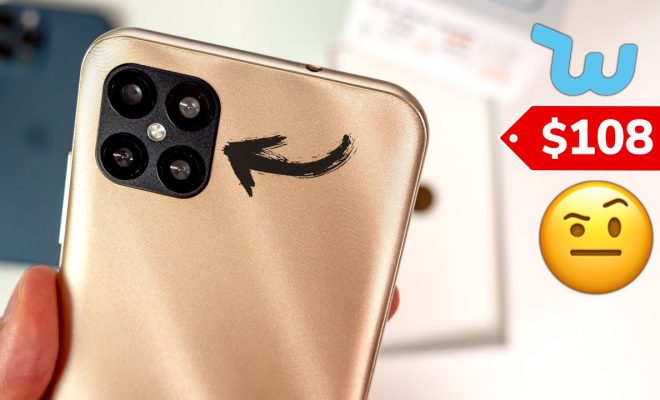Wireless Audio Explained: Bluetooth vs. 2.4GHz

Wireless audio has become an essential part of our daily lives, whether we’re listening to music, watching movies or playing video games. However, with the various wireless audio technologies available in the market, choosing the right one can be a daunting task.
In this article, we’ll explore two popular wireless audio technologies, Bluetooth and 2.4GHz, and explain how they work and their advantages and disadvantages.
Bluetooth
Bluetooth is a wireless technology that enables two devices to communicate with each other without the need for cables. It’s commonly used for wireless audio connections, such as wireless headphones, speakers or soundbars.
How it works: Bluetooth uses radio waves to transmit data from one device to another. It operates on the 2.4GHz frequency band and has a range of up to 30 feet, depending on the strength of the signal and any obstacles in the way.
Advantages: Bluetooth is widely supported by most devices, making it easy to pair with your smartphone, tablet or computer. It also provides good sound quality, reliable connectivity and low power consumption, making it ideal for wireless headphones and earbuds.
Disadvantages: Because Bluetooth operates on the same frequency band as other wireless devices, such as Wi-Fi routers, microwaves and cordless phones, it can sometimes experience interference, which can result in drops in signal or a decrease in sound quality.
2.4GHz
2.4GHz is another wireless audio technology commonly used for wireless speakers, soundbars and headphones.
How it works: Similar to Bluetooth, 2.4GHz uses radio waves to transmit data between devices. However, it operates on a different frequency band than Bluetooth, which can result in less interference and better sound quality. It also has a longer range than Bluetooth, up to 100 feet.
Advantages: The longer range and reduced interference make 2.4GHz a good option if you need to transmit audio over longer distances or if you have multiple wireless devices in your home. It’s also ideal for gaming, as it offers low latency and high bandwidth.
Disadvantages: 2.4GHz can be more expensive than Bluetooth and may require additional hardware, such as a transmitter or receiver, to work properly. Additionally, it can consume more power than Bluetooth, which can reduce battery life.
In conclusion, when it comes to wireless audio, choosing between Bluetooth and 2.4GHz largely depends on your needs, preferences and budget. Bluetooth offers good sound quality, reliability and low power consumption, while 2.4GHz offers better range and less interference. Whatever you choose, ensure that the device you’re pairing with supports the same wireless audio technology for a seamless listening experience.






